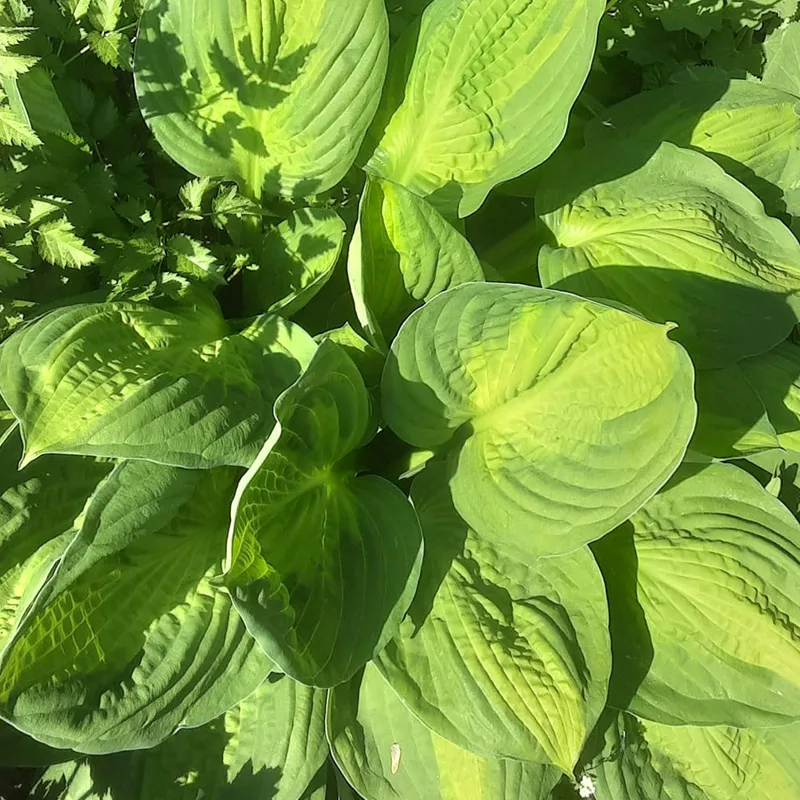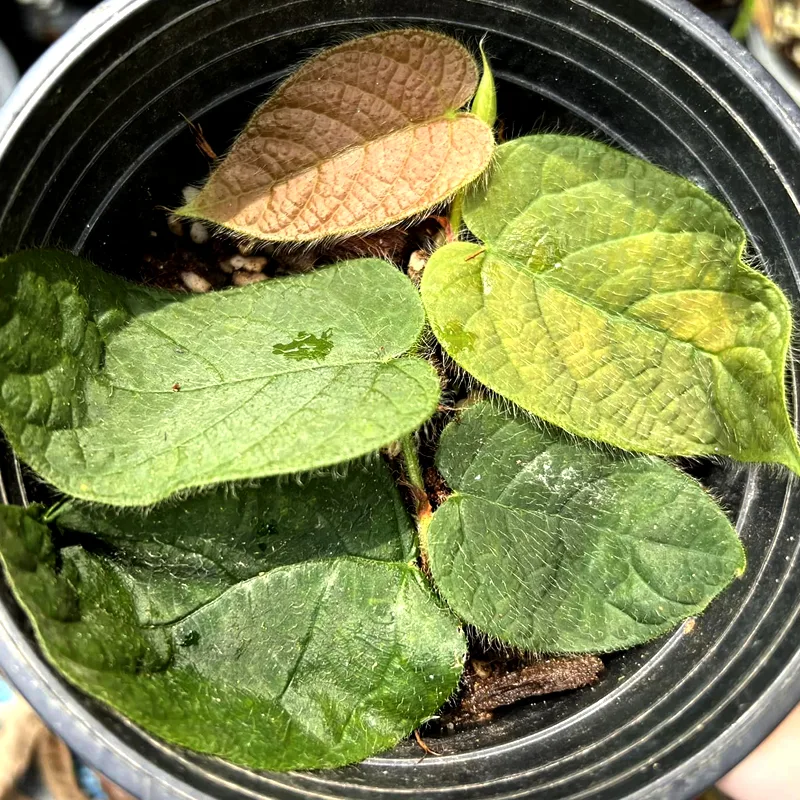
Lavandula Stoechas vs Lavandula Angustifolia
When I grew Lavandula Stoechas and Lavandula Angustifolia, I noticed that Stoechas had a stronger, more distinct fragrance that made my garden feel like a Mediterranean paradise, whereas Angustifolia’s scent was milder but still beautifully soothing.
49 Species in Genus Lavandula
Lavandula Stoechas vs Kew Red
I found that Lavandula Stoechas was more vibrant and eye-catching compared to the Kew Red variety, which, while lovely, didn’t quite match the striking visual appeal of the Stoechas blooms in my garden.
How to care for Lavandula stoechas?
Lavandula stoechas, also commonly known as French Lavender or Spanish Lavender, is a beautiful flowering shrub known for its fragrant purple blooms and distinctive “rabbit ears” on top. Here’s a guide to keep it thriving:
Light:
- Lavandula stoechas prefers full sun. This allows for optimal flowering and compact growth.
- Partial shade can be tolerated, but flowering might be less abundant.
Watering:
- Lavandula stoechas is drought tolerant once established. Regular watering, especially during the first growing season and during hot, dry spells, is beneficial. However, avoid overwatering.
- Here’s a simple way to check moisture: Stick your finger into the top inch of soil. If it feels dry to the touch, it’s time to water.
Soil and Drainage:
- Excellent drainage is essential for Lavandula stoechas.
- They thrive in well-drained, sandy or loamy soil.
- If your soil is heavy clay, amending it with compost, sand, or perlite can improve drainage. You can also plant them in raised beds.
Fertilizing:
- Frequent fertilizing is not necessary. A light application of a balanced fertilizer in early spring can be beneficial, but avoid overfertilizing as it can reduce flowering.
- Follow the package instructions for dosage and application of fertilizer.
Pruning:
- Regular pruning is beneficial for maintaining a compact shape and encouraging continued blooming.
- Prune lightly after the flowers fade (around midsummer). Cut back the stems by about one-third their length.
- Alternatively, you can give it a harder prune in late fall or winter, cutting stems back by half.
- Use sharp, sterilized pruning shears when pruning.
Additional Tips:
- Lavandula stoechas is generally pest and disease resistant. However, watch out for common garden problems like aphids or whiteflies. Insecticidal soap or neem oil solution can be used for control if needed.
- French Lavender is a fast-growing shrub that can reach 0.6 to 1 meter (2-3 feet) in height and spread to 1 meter (3 feet) or more in width. Keep this in mind when choosing a planting location.
- Deadheading spent flowers (removing them) can encourage additional blooms throughout the season.
Is Lavandula stoechas a perennial?
Yes, Lavandula stoechas is indeed a perennial plant, which means it can survive for multiple growing seasons under the right conditions. I’ve found that providing it with well-drained soil, ample sunlight, and proper pruning helps ensure its longevity and continued health year after year.
Is Lavandula stoechas edible?
While Lavandula stoechas is primarily grown for its ornamental value and aromatic foliage, some culinary uses do exist for this plant. The flowers can be used to flavor desserts, teas, and even savory dishes, adding a unique floral note to recipes. However, it’s important to use them sparingly, as their flavor can be quite intense.
Do you deadhead Lavandula stoechas?
Deadheading Lavandula stoechas, or removing spent flowers, is an important part of its care routine. This not only improves the plant’s appearance but also encourages it to produce more blooms throughout the growing season. I’ve made it a habit to regularly deadhead my Spanish lavender to promote continuous flowering and maintain a neat and tidy appearance in my garden.
Can Lavandula stoechas be indoors for winter in Ohio?
While Lavandula stoechas is typically grown outdoors in full sunlight, it is possible to bring it indoors for the winter in regions with cold climates like Ohio. However, it’s important to provide it with plenty of sunlight, preferably from a south-facing window, and to ensure good air circulation to prevent issues like powdery mildew. Additionally, watering should be reduced during the winter months to avoid waterlogged soil.
How big does Lavandula stoechas grow?
Lavandula stoechas typically grows to a height of around 1 to 3 feet, with a similar spread. However, this can vary depending on growing conditions and specific cultivars. In my experience, providing it with well-drained soil, ample sunlight, and regular pruning helps maintain its compact and bushy growth habit.
How to propagate Lavandula stoechas?
Propagating Lavandula stoechas can be done through various methods, but I’ve had the most success with stem cuttings. I usually take 4- to 6-inch cuttings from healthy, non-flowering stems, remove the lower leaves, and dip the cut end in rooting hormone before planting it in well-drained soil. Keeping the soil consistently moist and providing bottom heat can help encourage root development.
How to prune Lavandula stoechas?
Pruning Lavandula stoechas is essential for maintaining its shape, promoting bushy growth, and encouraging continuous flowering. I typically prune my Spanish lavender after the flowering period, cutting back about one-third of the plant’s height and removing any dead or diseased growth. This helps rejuvenate the plant and keeps it looking neat and tidy.
What is Lavandula stoechas extract?
Lavandula stoechas extract is a concentrated form of the plant’s essential oils, often used in aromatherapy and skincare products for its calming and soothing properties. It’s obtained through steam distillation of the flowers and foliage, capturing the plant’s aromatic compounds for use in various applications.
Where is Lavandula stoechas Otto Quast native to?
Lavandula stoechas Otto Quast is native to the Mediterranean region, including countries like Spain, Portugal, and France. This variety of Spanish lavender is known for its distinctive tufted flowers and aromatic foliage, and it thrives in hot, dry climates with well-drained soil.
If i die, water my plants!



